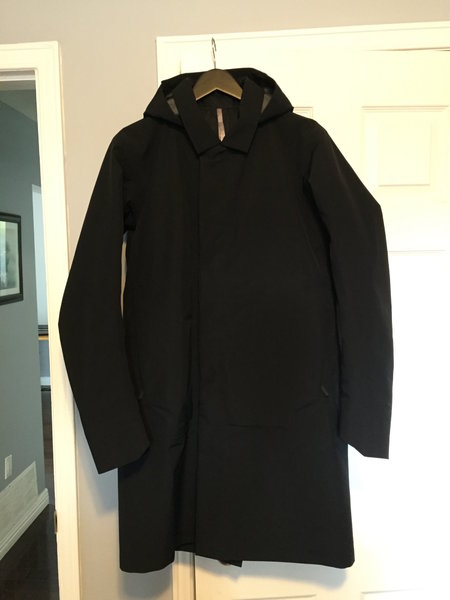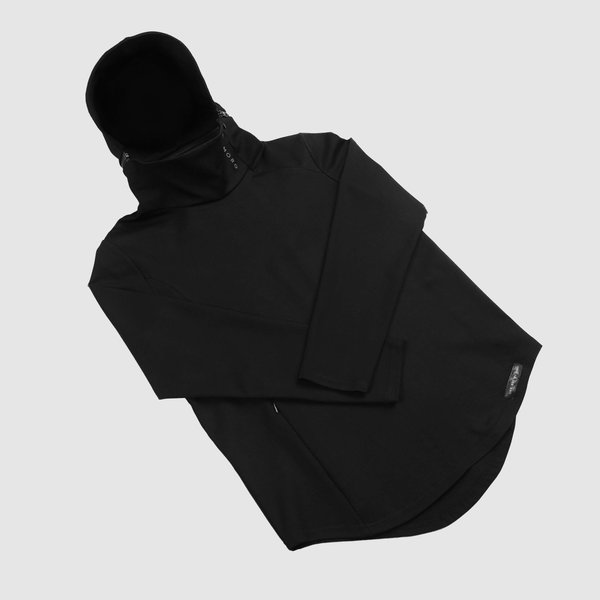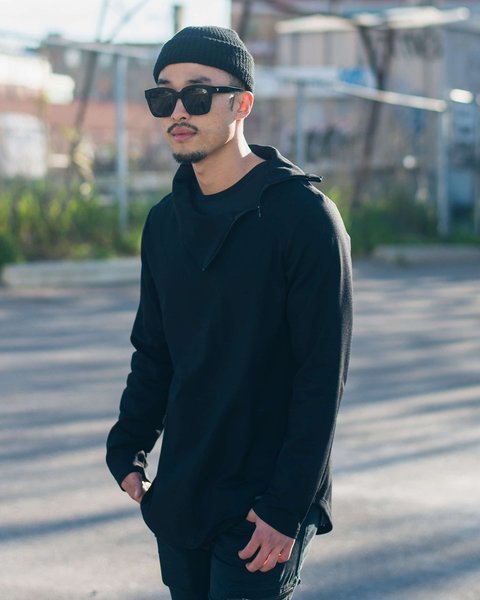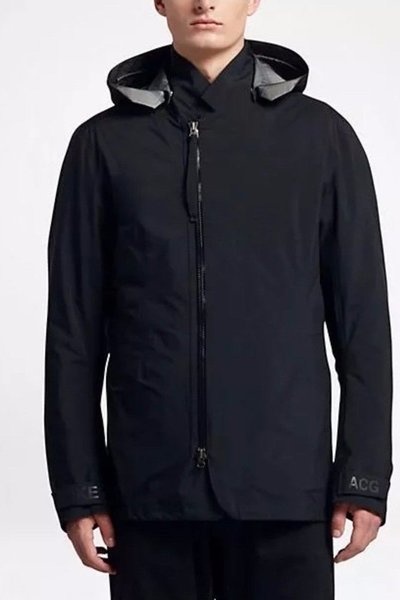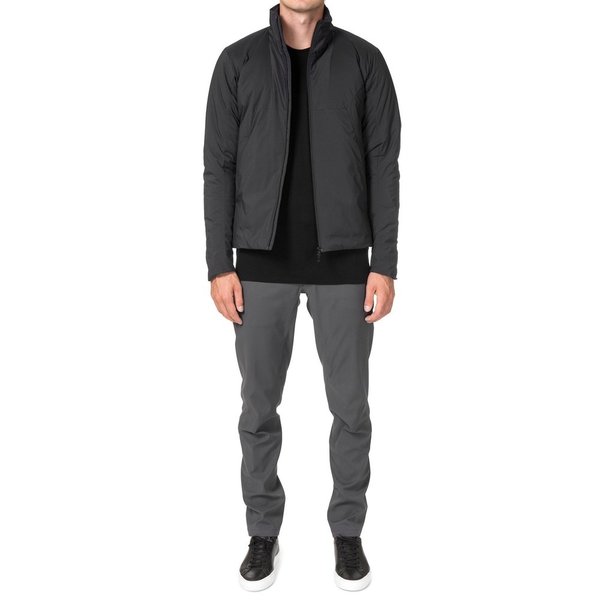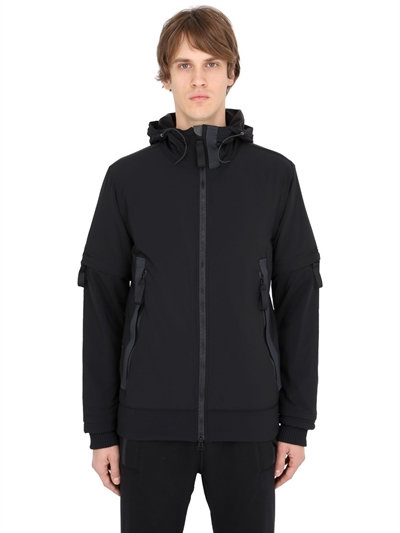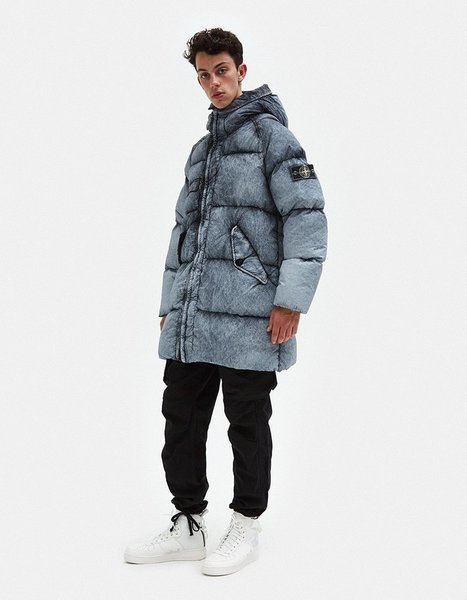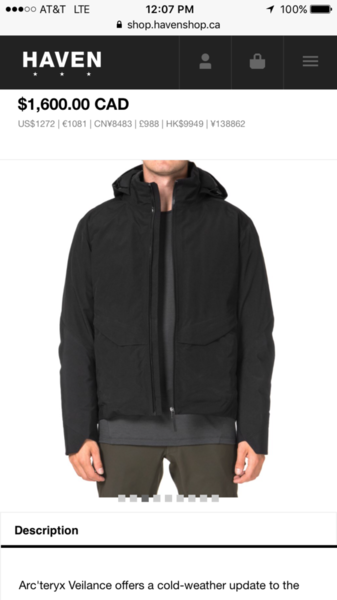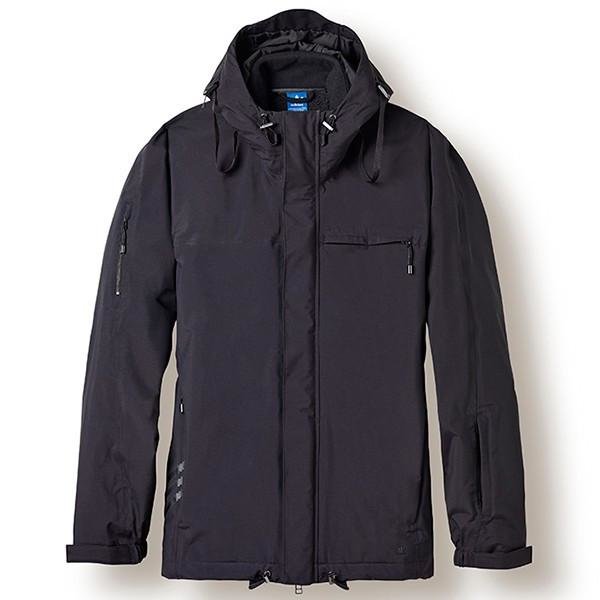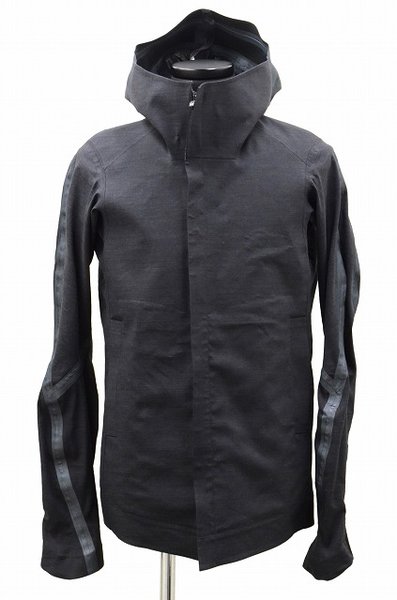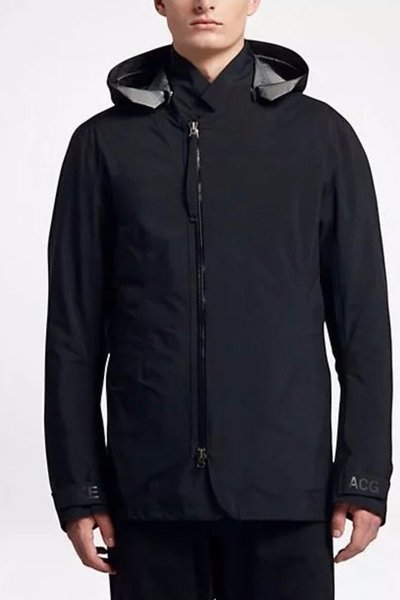Spatlese
Distinguished Member
- Joined
- Aug 18, 2008
- Messages
- 2,251
- Reaction score
- 13
Don't this has been posted yet. Here's an interview with the man himself from a while back.
[VIDEO][/VIDEO]
I don't think it's mentioned in the clip, but in another article he's apparently done some stuff with Arcteryx too, and considers them the ****: “Arc’teryx products are the Hermès bags of men’s performance wear,” declared Errolson Hugh, the chief designer of ACRONYM, a sporadic Arc’teryx collaborator and one of the pioneers of the field. “They embody a fanatic level of perfection. No other brand in the world even comes close to their quality.”
So this Errolson dude has designed for ACR, SI:SP and Herno Laminar?
Quite an incestuous bunch, this lot.
Don't this has been posted yet. Here's an interview with the man himself from a while back.
[VIDEO][/VIDEO]
I don't think it's mentioned in the clip, but in another article he's apparently done some stuff with Arcteryx too, and considers them the ****: “Arc’teryx products are the Hermès bags of men’s performance wear,” declared Errolson Hugh, the chief designer of ACRONYM, a sporadic Arc’teryx collaborator and one of the pioneers of the field. “They embody a fanatic level of perfection. No other brand in the world even comes close to their quality.”


